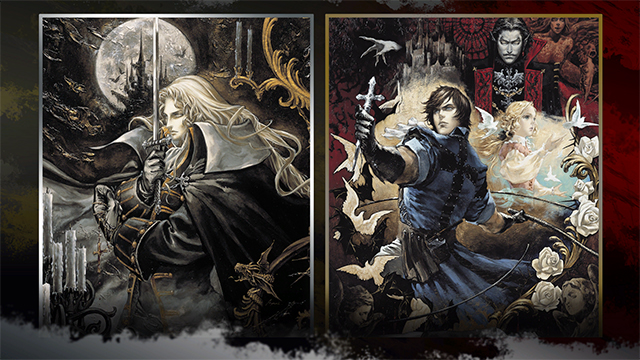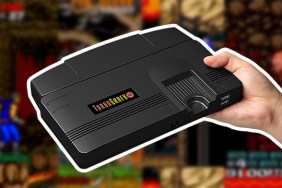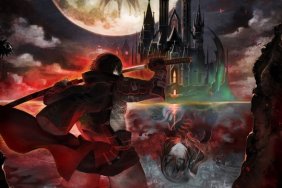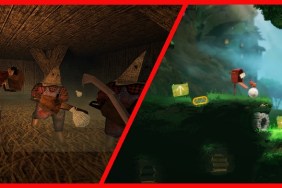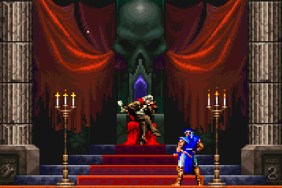Castlevania: Symphony of the Night’s Xbox 360 release in 2007 was such a big deal that it shattered the “50MB or under” rule that all previous Xbox Live Arcade games had to abide by. Microsoft raised that number so we could finally play one of the best PlayStation games of all time on one of the HD consoles. Eleven years later, playing throwback titles is no longer a special treat, but a commonplace event. Almost every console maker and publisher seems to have some sort of retro revival collection or even console in the works, vomiting their old games on any digital service or hardware that’ll take them. However, the thrill of playing retro re-releases has numbed because of the indie games that have delivered those nostalgic templates in a more digestible, modernized format.
As I stated in my Project Warlock review, indies obviously take a ton of inspiration from the titles of yesteryear both inside and outside of the game. Art styles from the ‘80s and ‘90s, old school gameplay mechanics, and comparable team size creates a parallel between these games from disparate eras. Project Warlock is bonded to Doom just like Axiom Verge is bonded to Metroid and The Messenger to Ninja Gaiden. Those titles are just a small sampling of games that unabashedly take classic blueprints and examine them through a modern lens.
Indie and other retro style games let players enjoy the sacred gameplay formulas of the past without forcing them to endure infuriating holdovers from those prior decades. It’s why I’d suggest that most people play Shovel Knight over the numerous Mega Man collections that Capcom keeps tossing into the ether (even though their new easy modes are a decent addition). Putting out the same old games as untouched re-releases just doesn’t cut it anymore when they’re competing against new, spiritually similar titles that don’t, metaphorically, try to hate fuck the quarters out of them like it’s 1987.
Digging Into the Past
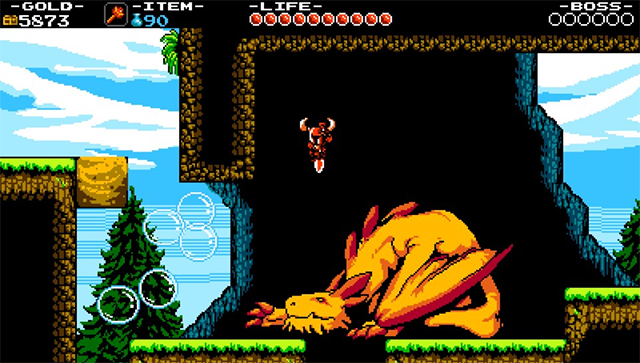
Shovel Knight and games like it have checkpoints, modern saving systems, friendlier design, and more progressive values that keep them from feeling like relics of the past. A wider audience of people will be able to stomach games like this that aren’t as immediately abrasive even if these same games are still relatively difficult.
Bloodstained: Curse of the Moon is a great example of one of these games since it gave players a neo-Castlevania experience without mandating that they also endure its punishing design. By doing this, it showed why Castlevania was so cool without also showing how poorly some of its core tenets have aged. Because Castlevania‘s best parts were always the art, music, enemy designs, boss fights, and atmosphere and those aspects are not dependent on a lives system and one-hit kills. Rogue Legacy and Dead Cells also both show that it’s possible to have that classic Castlevania charm while also still being difficult.
Contrast this with the Castlevania: Rondo of Blood half of Castlevania: Requiem that released in October 2018. Konami did not do much to this port of a 1993 game and it shows. It sits in a tiny, non-widescreen 4:3 window with the same frustrating, dated controls and punishing challenge that makes it almost untouchable for those who haven’t already played it. Players can’t customize their experience to overcome the sluggish, imprecise inputs and are either left toiling in frustration or moving on.
A Way Forward for the Games from Way Back

It shouldn’t have to be one or the other and these retro collections need to step it up if they’re going to continue to exist in modern times. In addition to having an authentic hard mode that preserves the game in question, retro ports should start accommodating more types of players like the recent Switch version of The Legend of Zelda: Living the Life of Luxury. The NES app included in Nintendo’s online subscription service lets users access a version of the original Zelda that starts players with more rupees and gear.
It’s an extreme example and probably not the most in-depth way to make that game more accessible but it’s a start and something other retro compilations should iterate on. Luxury also sits alongside the original and that option is necessary for preservation, curious newcomers, and the people who will probably comment on this article just to call me a baby.
Low effort collections without many new options are just trying to coast on the mentality that we’ll be excited to play these games again just because we can. Too many games get re-released far too often for that to be special (or financially viable) anymore, which is why substantial remakes are usually more successful at attracting eyeballs than your average re-release.
Colossal Updates
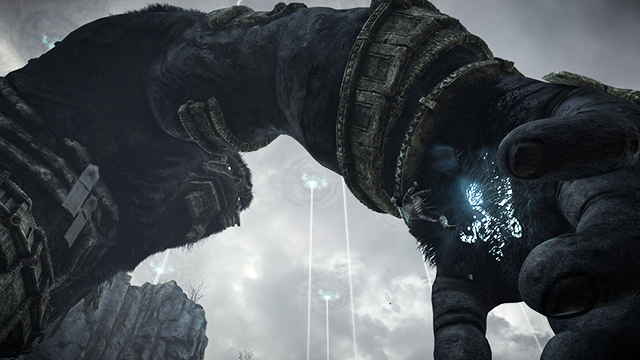
Shadow of the Colossus on PS4, in addition to visual upgrades, added more standard controls and updated the visuals without sacrificing its identity or completely masking the time period it hailed from. Oddword: New and Tasty put most of the PS1 original in a whole new engine, keeping its essence in tact but in a way that would attract a new audience feel great today. And even if parts of the Crash Bandicoot N. Sane Trilogy were dated and frustrating, at least it looked significantly better.
This even bleeds into some remasters of more recent games like the Devil May Cry HD Collection for the PS4 and Xbox One that came out earlier this year. While the third entry has aged well, the first two have not with their huge difficulty spikes and checkpoint-free levels that’ll really only attract seasoned fans of the franchise and all six people who liked Devil May Cry 2. Remasters are a bit different but are emblematic of the same problem of publishers thinking that merely porting a game to a new system is enough.
Castlevania Symphony of the Night’s PS4 release in 2018 was not a big deal. Konami buried the half-baked collection it came in under Red Dead Redemption 2, ensuring no console maker would care about yet another re-release of a classic title like last time. Even though Symphony of the Night has aged well, standards have changed, thanks to the abundance of indie games and proper remakes that pushed these blueprints into the modern age. Publishers should adapt for newer players while also keeping in mind the audience that made them popular instead of merely porting their back catalogs to new systems with minimal effort. Because if they only want to push out the same old games then they’ll only get the same old customers, which will start to dwindle as time goes on and more people flock to the indie games they inspired.
